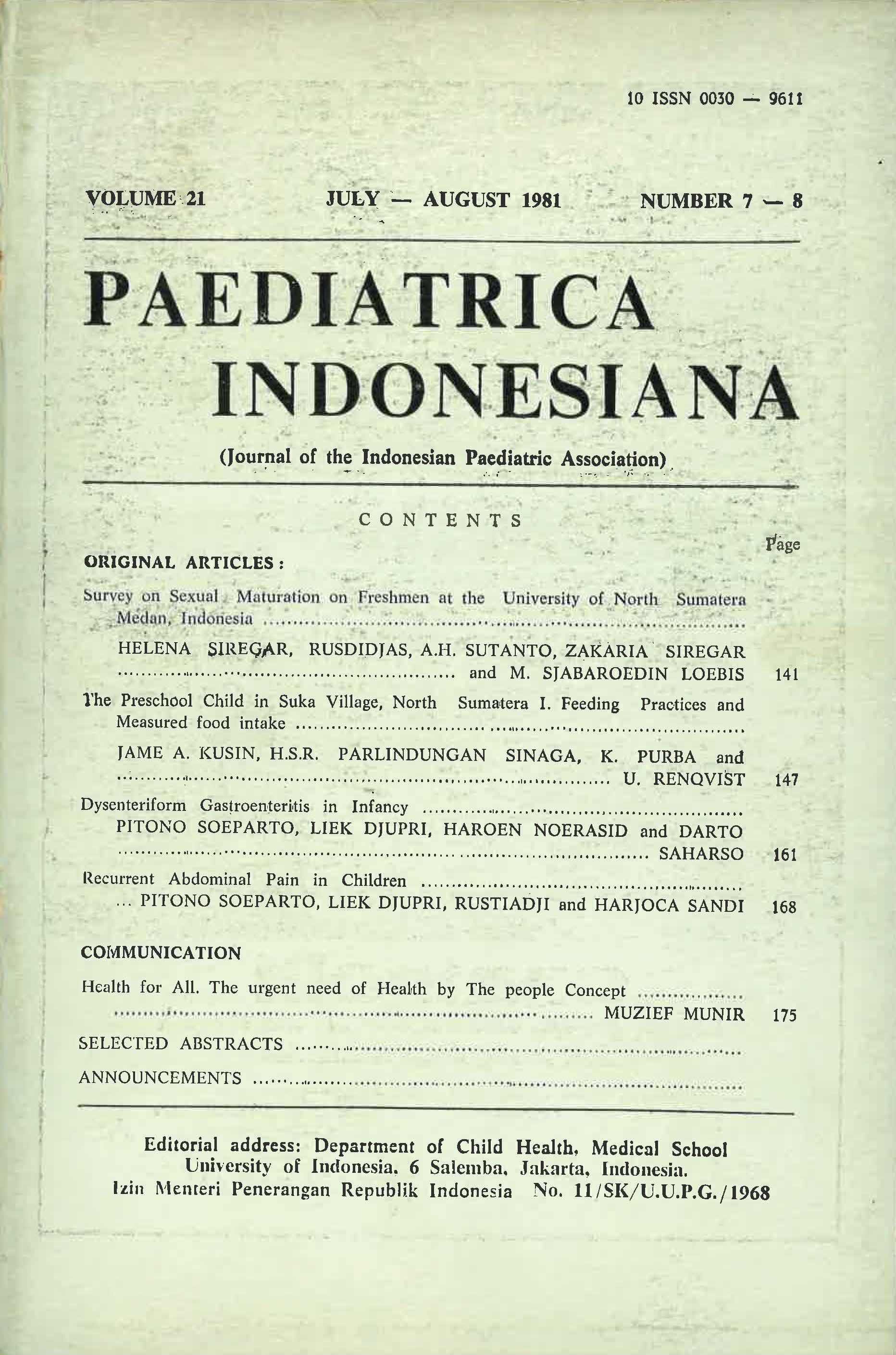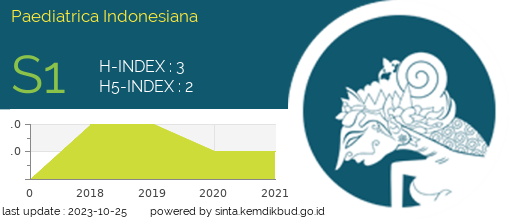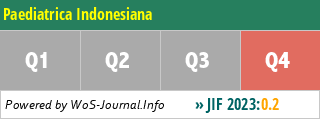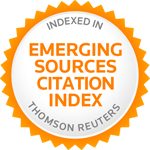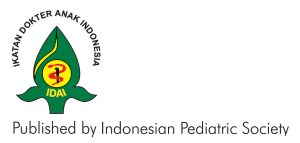Dysentry from gastroenteritis in infancy
DOI:
https://doi.org/10.14238/pi21.7-8.1981.161-7Keywords:
dysentry form gastroenteritis, gastroenteritis, stool ova, stool cultures, enterobacterial pathogensAbstract
Sixty three infants aged below 3 years suffering from dysentery form gastroenteritis were investigated. The investigation included clinical symptoms, course of the disease, stool ova and parasites and stool cultures for enterobacterial pathogens.
Stool examinaJions revealed: 25.4% Entamoeba histolytica, 22.2% E.E. coli, 15.9% Salmonellae, 1.6% E.E. coli and Salmonella, 1.6% E.E. coli and E. histolytica and 1.6% Staph. aureus.
The etiologic agent in the remaining 31.8% oj the patients remained unknown.
The clinical features, the possible pathogenesis and treatment of the discovered pathogens are briefly discussed.
References
2. HARRIES. J.T. Essentials of Paeditric Gastroenterology. (Churchill Livingstone, Edinburgh/London/New York 1977).
3. LATONIO, A.A. : Treatment of amoebiasis: Reminders and Pitfalls. Med. Prog., 3 : 13 (1976).
4. ROY. C.C. and SILVERMAN. A.: Pediatric Clinical Gastroenterology, 2nd ed, (Mosby Saint Louis 1975).
S. SUWIGNJO. S. : Dysentery Syndrome: its differential diagnosis and management. Gastroenterology symposium. Jakarta 1979.
6. ZAMAN, V. Amoebisis in Southeast Asia. Life cycle and Pathology of Entamoeba histolytiea. Med Progr. 3 : 1 1 (1976).
Downloads
Published
How to Cite
Issue
Section
License
Authors who publish with this journal agree to the following terms:
Authors retain copyright and grant the journal right of first publication with the work simultaneously licensed under a Creative Commons Attribution License that allows others to share the work with an acknowledgement of the work's authorship and initial publication in this journal.
Authors are able to enter into separate, additional contractual arrangements for the non-exclusive distribution of the journal's published version of the work (e.g., post it to an institutional repository or publish it in a book), with an acknowledgement of its initial publication in this journal.

